|
Nature is always there, patiently waiting; until we leave somewhere unattended and forgotten for a few years. Then she moves, with stealth and relentless energy, to transform the marks made by man. One such forgotten place is the Dorothea slate mill, in the Nantlle Valley. The numbers on the photographs refer to a location key map below: In the lip of a giant crater and surrounded by looming citadels of slate waste, it is a place so changed by nature and time, that walking inside the vast machine area of the mill feels like taking a stroll through a forest. Birdsong echoes from the walls. The low beams that gave the place it's human scale have long gone, as have the saw tables. Sky is the roof, fringed with waving birch, while blackbirds bustle where the hoggia felin used to split the crawiau tenau into countesses. It now takes the eye of an aficionado to see the marks where the journals for the line-shafting used to sit, or the scoring on the slate wall caused by an ill-fitted flywheel. So I was rather delighted to find the photographs below of the mill, taken by Tim Venton, on the 8th of July, 1974. The place had been abandoned then, of course. It had been lying quiet since 1968. The scrap man had taken all the metal of value, while the slates had been stripped from the great roof. No doubt the mighty beams would be next, to be re-used somewhere else. But these wonderful photographs mark a point in time, helping to make a little sense of what we see today. Apart from the (literally) ground breaking work of J. C. Burrow, who was taking underground photographs of mines in the most difficult circumstances from the 1890s, we have few records of what went on. Photography was so expensive and difficult in the 1870s that most photographs were of folk going off to war. The Victorians and Edwardians also didn't like to be reminded of the social conditions that powered their form of capitalism, so record shots of mines and quarries were rare. We have the en masse shots of the quarrymen, thank goodness, but that's about it. I'm just glad that Tim didn't have any such misgivings when he visited that fine summers' day in '74. Some facts: Construction of the mill began in 1882. It was completed in four stages by around 1900, when it contained forty one saw tables arranged in two rows. The first section to be built consisted of the western gable with four bays. This housed ten saw tables and an elevated house for a steam engine to drive the plant via overhead line shafting. The bearing boxes for the shafting can still be seen on the gable ends today. The engine would be a single cylinder horizontal engine, formerly used as a winder. (It had been salvaged from an earlier landslip). In 1884 another six bays were added, housing a further twelve saws. Two years later a second steam engine was added to the existing one. This was a two cylinder horizontal. Dorothea had a habit of buying stationary steam engines such as the Robey 6nhp portable that was popular with the management, but these engines appear, from evidence of mounting studs in the engine house ruins, to have been fixed engines, similar to the remaining example at Pen yr Orsedd. Later, a further six bays were added to the mill. The rubbish tramway passed under the engine houses. An Earlier Mill This wasn't the first mill- a waterwheel powered mill was built in 1842 to produce slabs. This contained sand saws to cut the slate, the saws known as Melin Griffith. Today there is no trace of this mill, but it may well have been near the edge of the pit to take advantage of the waterwheel at (14). A smaller mill was constructed to the west and oriented north south, (15) but there is no information about this- it looks as if it might be older in construction. "We've always done it this way..." There appears to have been a rather inefficient layout at the Dorothea mill, but this might have been because of the very conservative attitude of the slate workers themselves. The semi-integral gwaliau or separate booths for hand-processing may reflect managerial acknowledgement, however grudging, of the quarryman's traditional self-image as a contracted bargeinwr. Such a man would deeply resent the implications of being considered a mere factory hand. His loyalty was to the other members of the bargain, rather than to the authority of a mill foreman. An example of this was when a "Time and Motion" inspector was invited to Dorothea by the management. He ended up being placed in a barrel and rolled down an incline! Today, there's a well-trodden path beside the mill. When we stopped for a couple of hours to take photos, we were aware of folk nearby, walking their dogs or just out for a stroll. Most passed by without much of a glance, except to give a friendly greeting. A couple of folk stopped and gave us little snippets of information about the place, local pride showing in their smiles. I'm always keen to get any information from real people as opposed to books and archive finds, even if it is sometimes coloured with a sprinkling of mythology. Absorbed in looking at the back of my camera, "chimping" the shots, I didn't hear the two lads approach. The first thing I saw was a pit bull looking at me, gimlet eyes evaluating my ankles for chew value. Then I clocked a young guy, early twenties, standing slightly too close, sizing me up. He was holding what looked like a rifle, but was probably an air gun. His mate, obviously the lieutenant of the duo, hung a little further back, waiting to see what would happen. They were the classic "hoodies" of urban repute. Just like my son, who is about the same age. I bent down to the dog, who immediately responded, licking my hand. "He likes you", the guy nearest to me said, with what sounded like an ironic laugh. "Nice camera." I stood up, surreptitiously wiping off the pit bull drool on to my disreputable, bramble-harried exploring jacket, telling him that I'd been taking photos of the old mill for the last two hours. The vibe immediately changed. Both the guys were smiling now. "Have you seen the engine house? The mansion over the other side of the twll? There's a tunnel there, my taid said it goes to the next village..." I could have said that I knew about the mansion, although not much, I admit. But I hate it when folk go yes, yes, they know. So I nodded politely (there was still the matter of the gun, remember.) As it happened, I did learn much of interest from the lads. Among other things, they told me they were off to shoot tigers. As the current buzz-word goes, that's proper "re-wilding" for you. Sources and acknowledgements
Thanks to Dave Linton for reminding me about J.C.Burrow. Here's a link to an interesting article about him. Here's a link to my review of another book about photographs underground in Welsh mines. I'm very grateful to Tim Venton for the use of his photographs of the mill in 1974. Much use has been made of the Gwynedd Archaeological Trust report: GWYNEDD SLATE QUARRIES - an archaeological survey by Tilsley and Fardd, 1997 (GAT 252). Pierce Jones G: Dorothea Slate Quarry (UWB MA thesis) 1980. The Slate Quarries of the Nantlle Valley - Stationary Power 2 1985 13-41 . Gazetteer of Slate Quarrying in Wales, Alun John Richards, Llygad Gwalch, 2007. Comments are closed.
|
TracksReceive the occasional Treasure Maps Newsletter- and alerts when a new post is available!
If you enjoy my content, please buy me a coffee!
Check out my other online activity...
Index
All
|
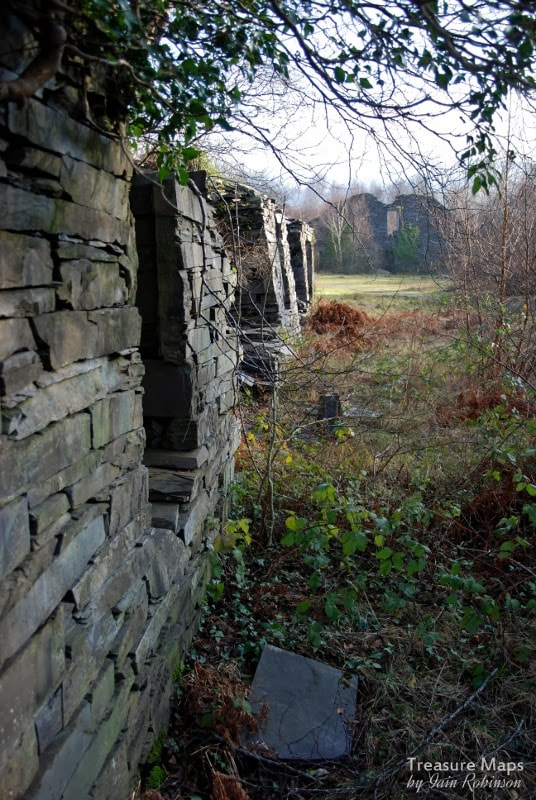
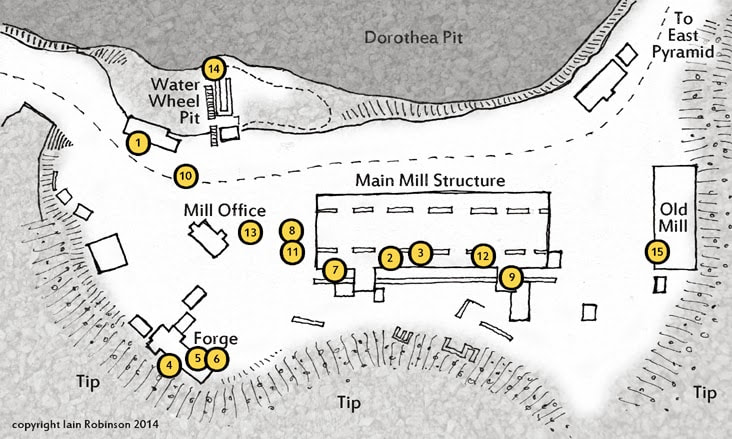
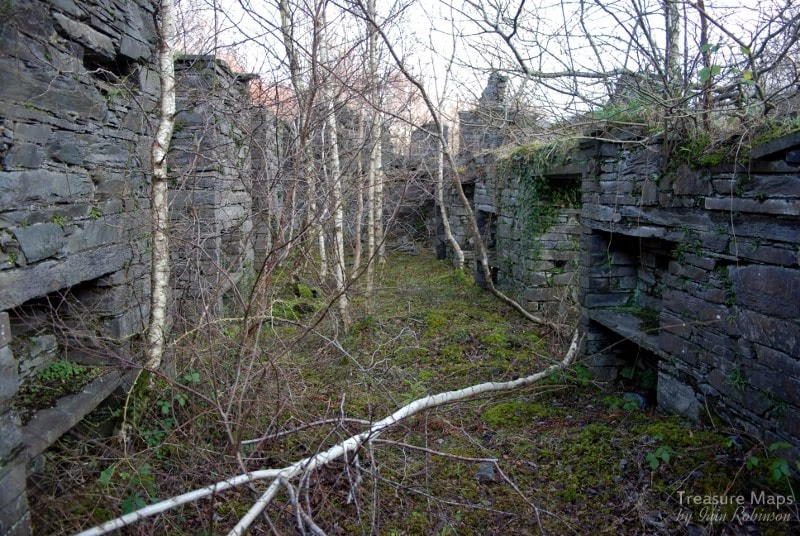
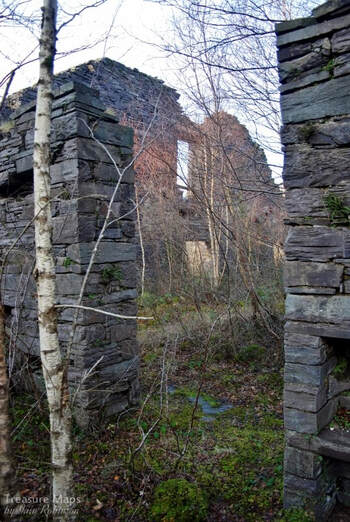
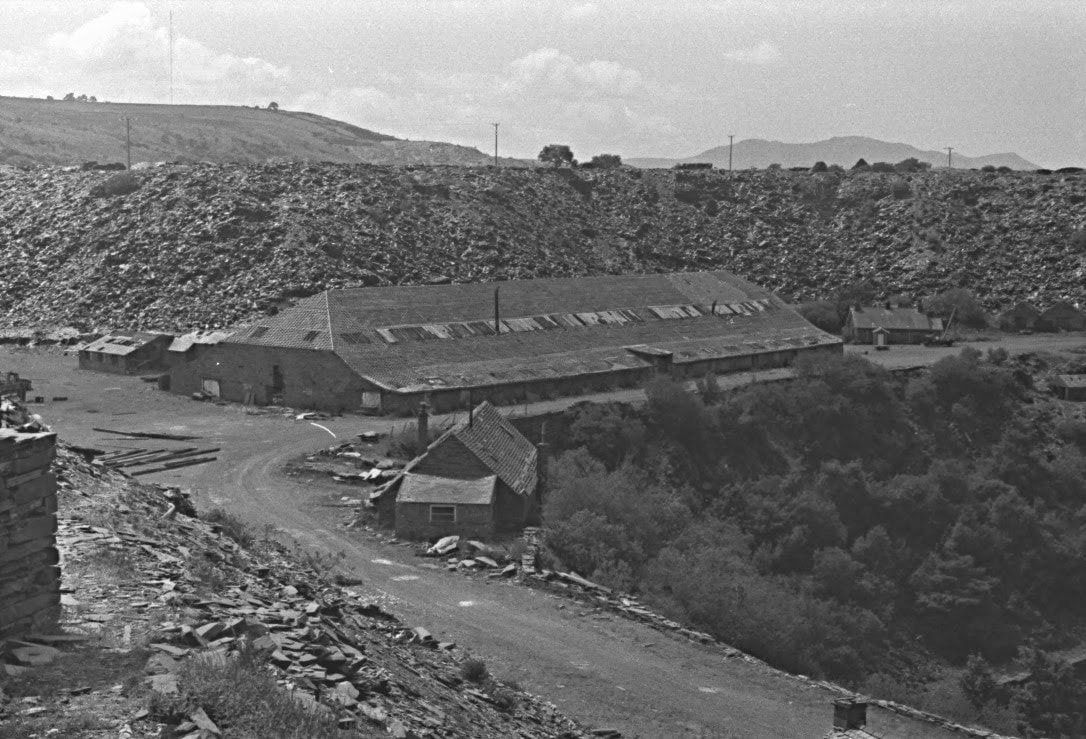
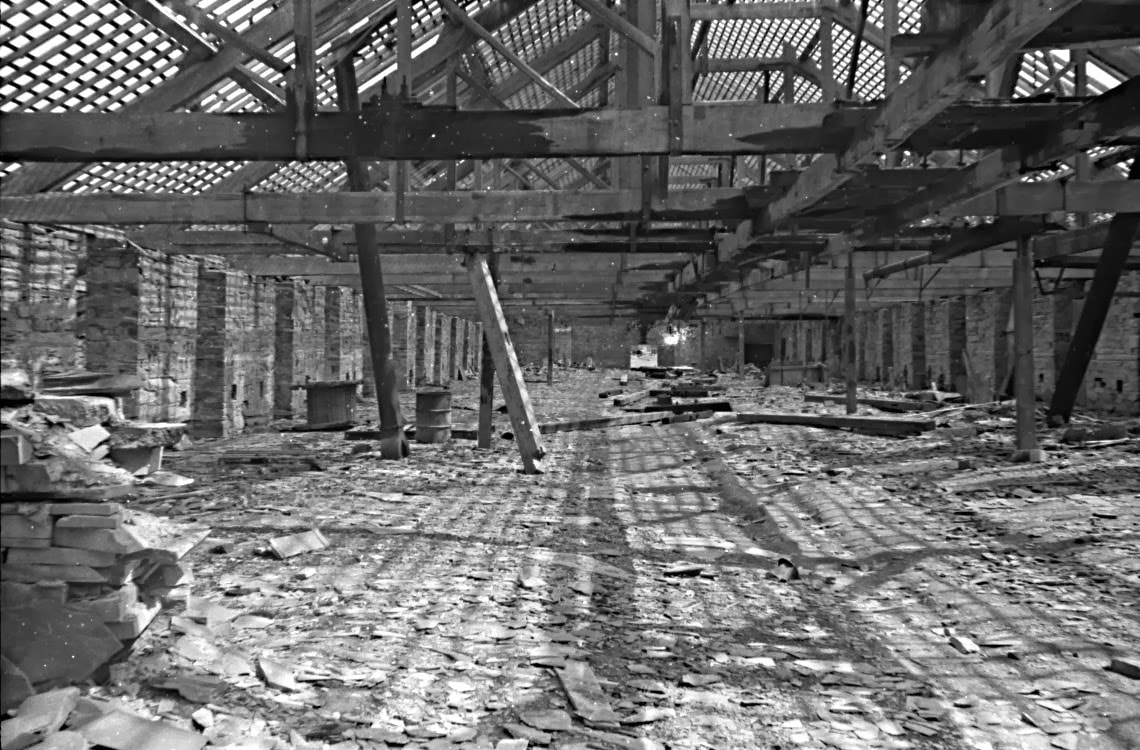
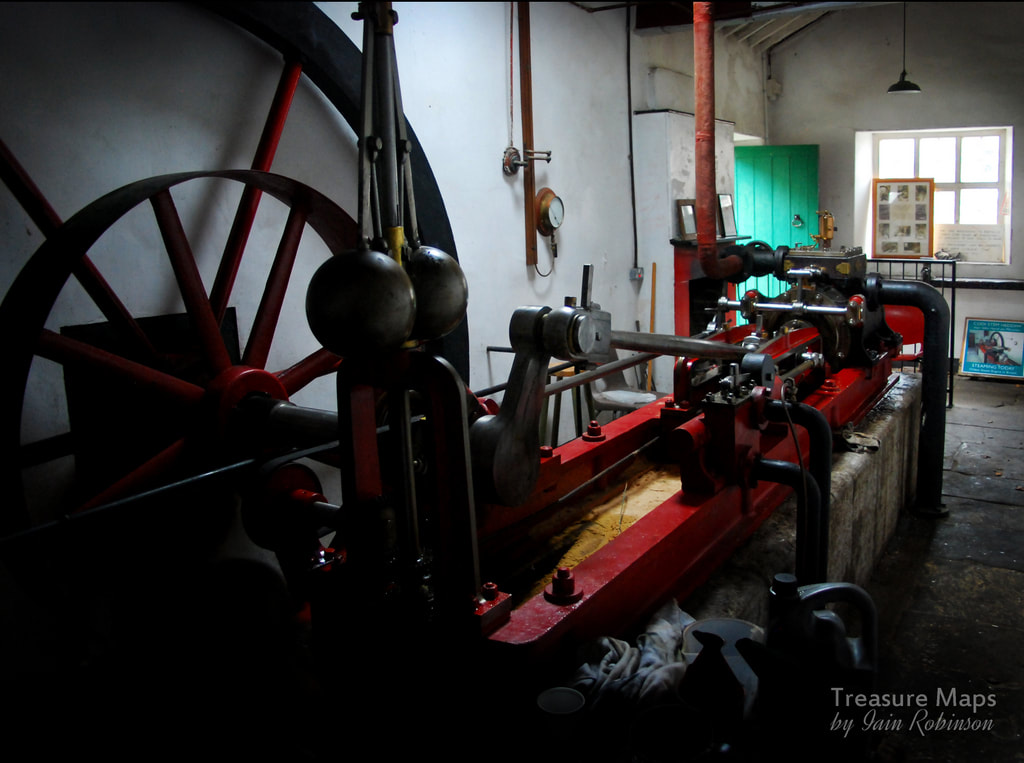
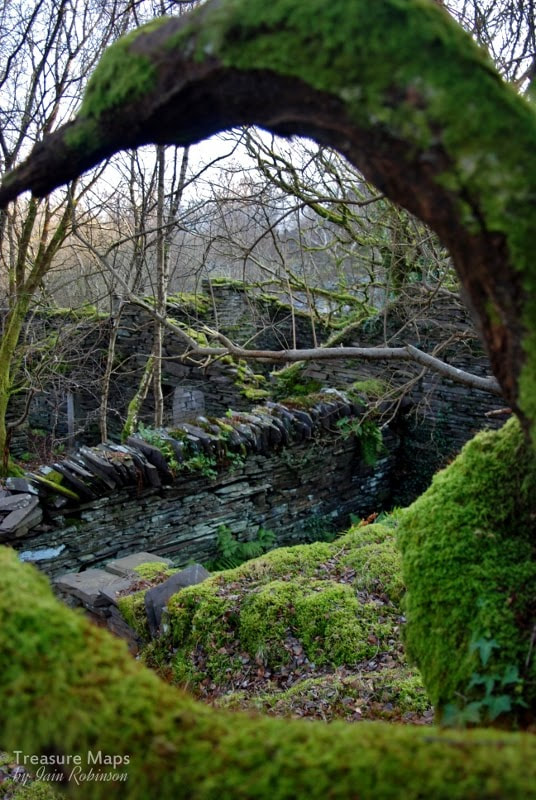
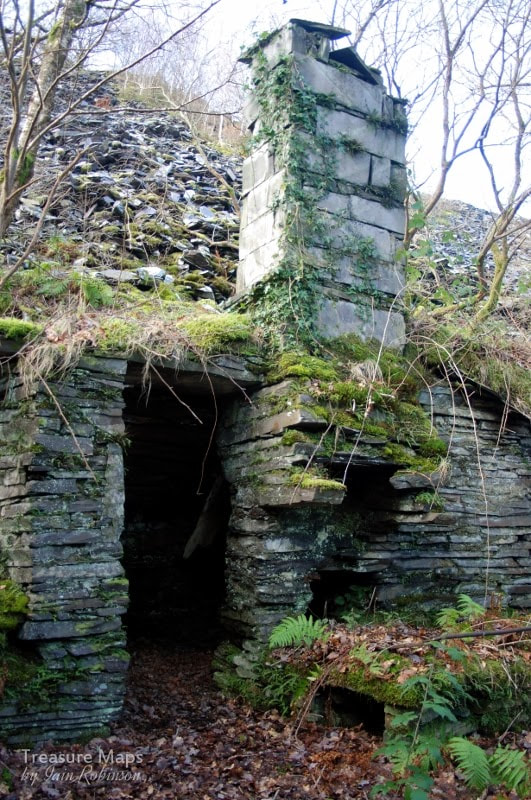
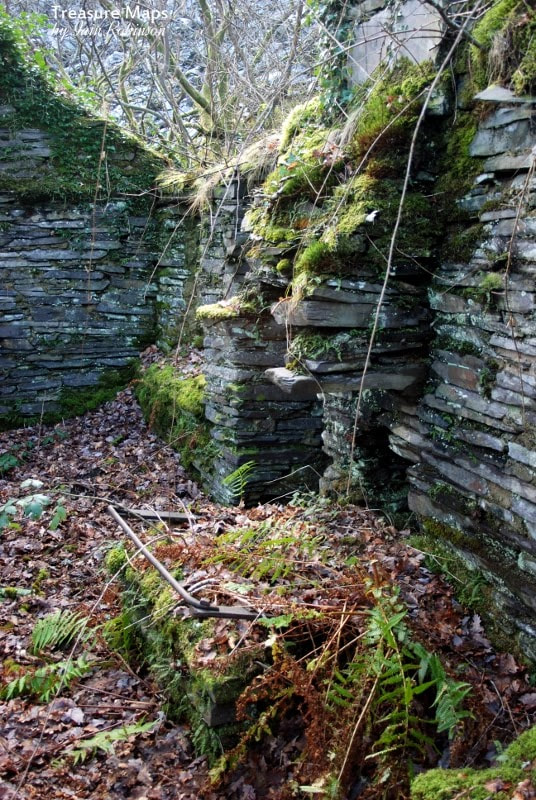
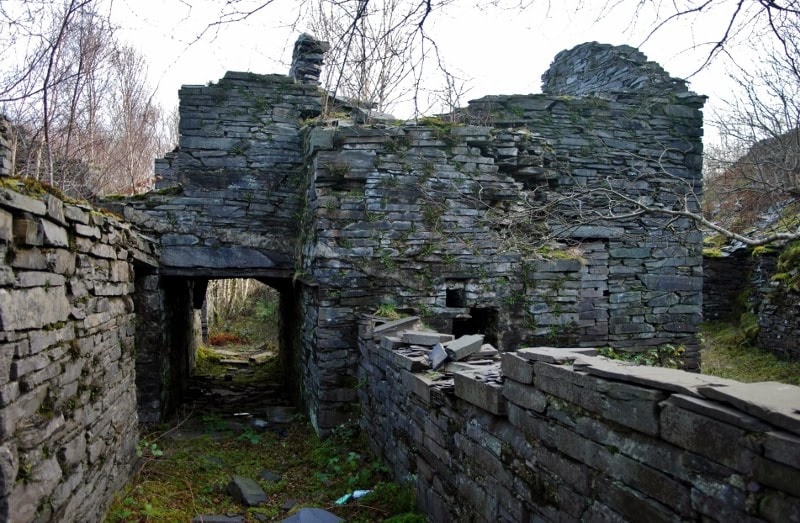
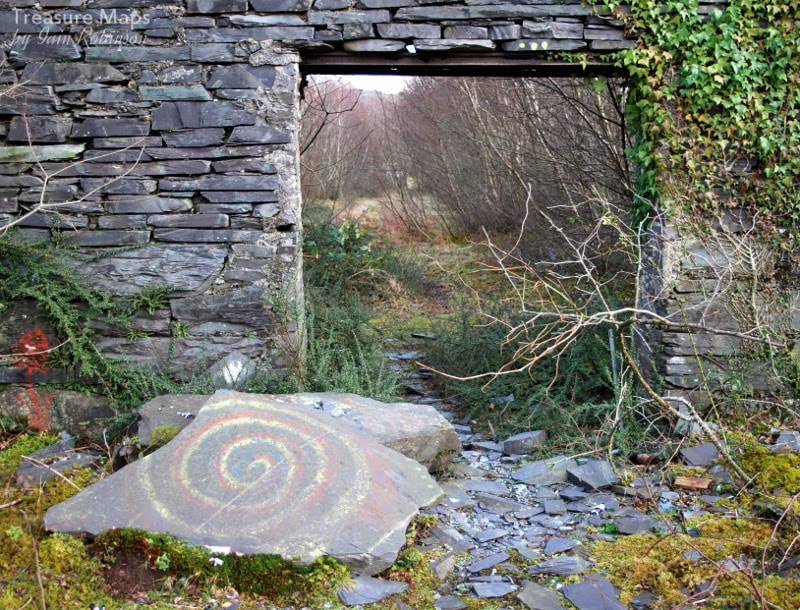
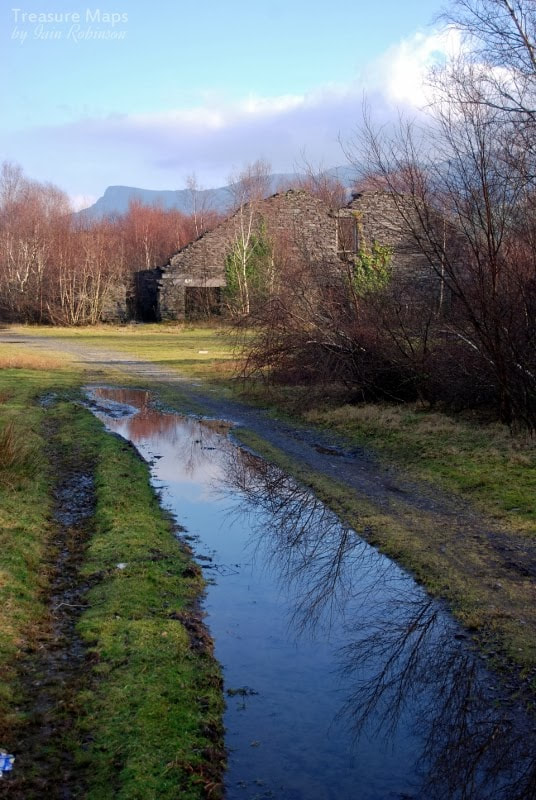
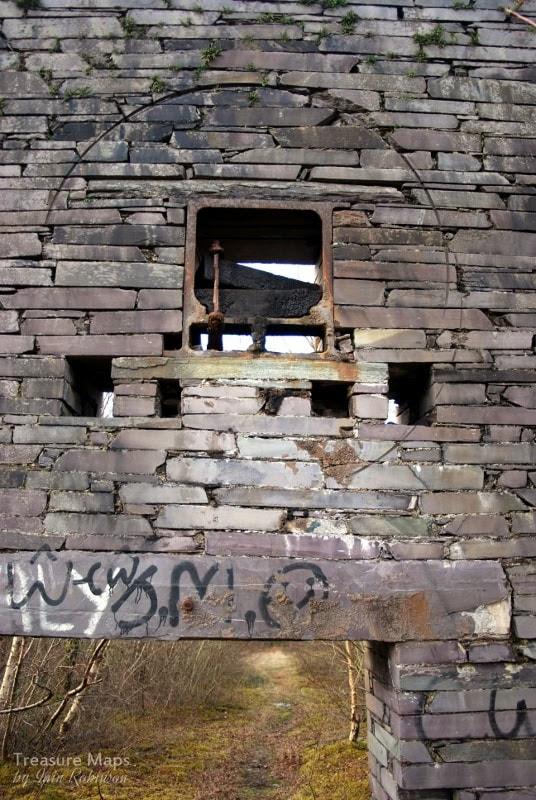
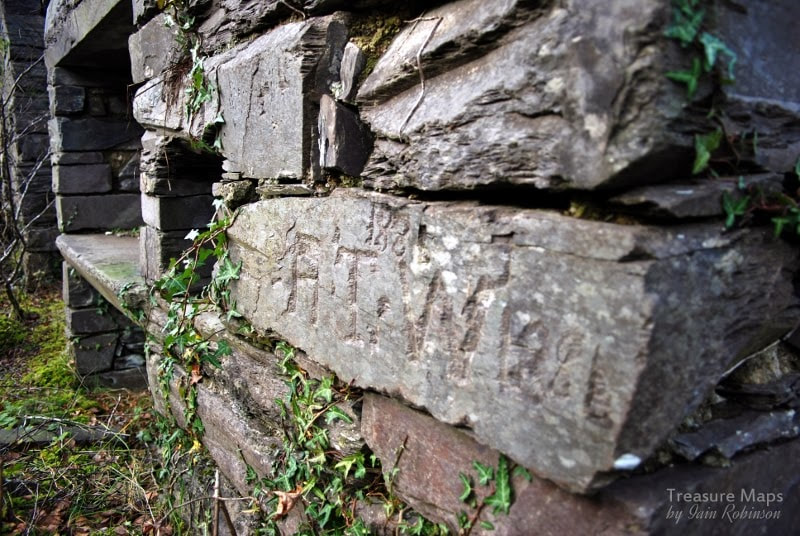
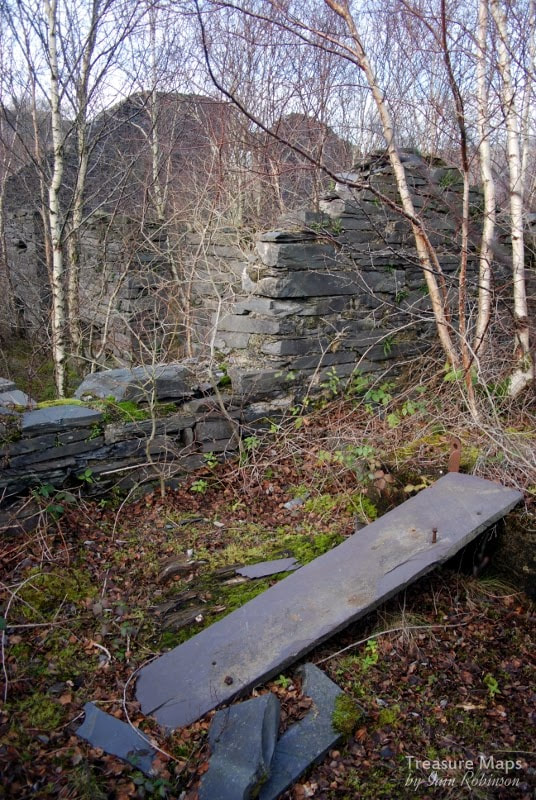
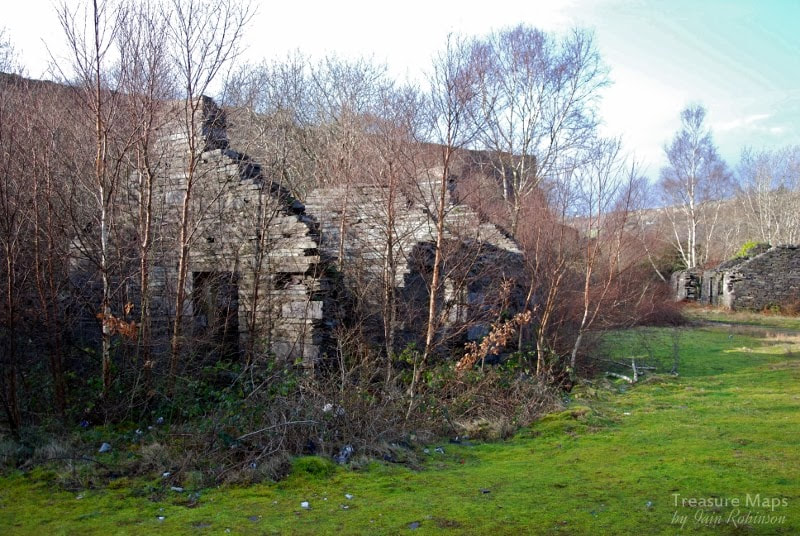
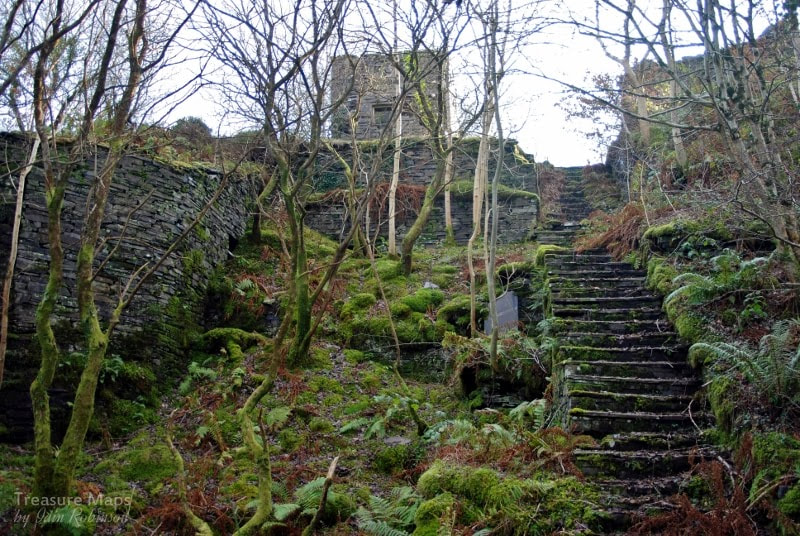
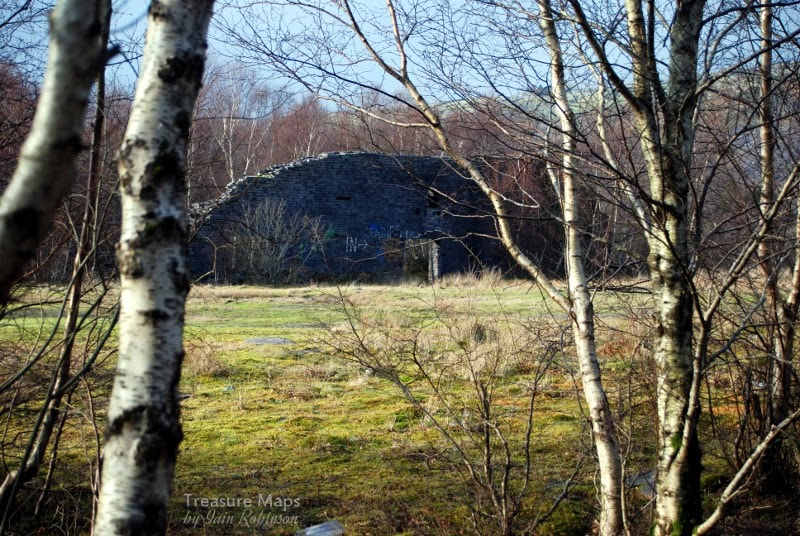
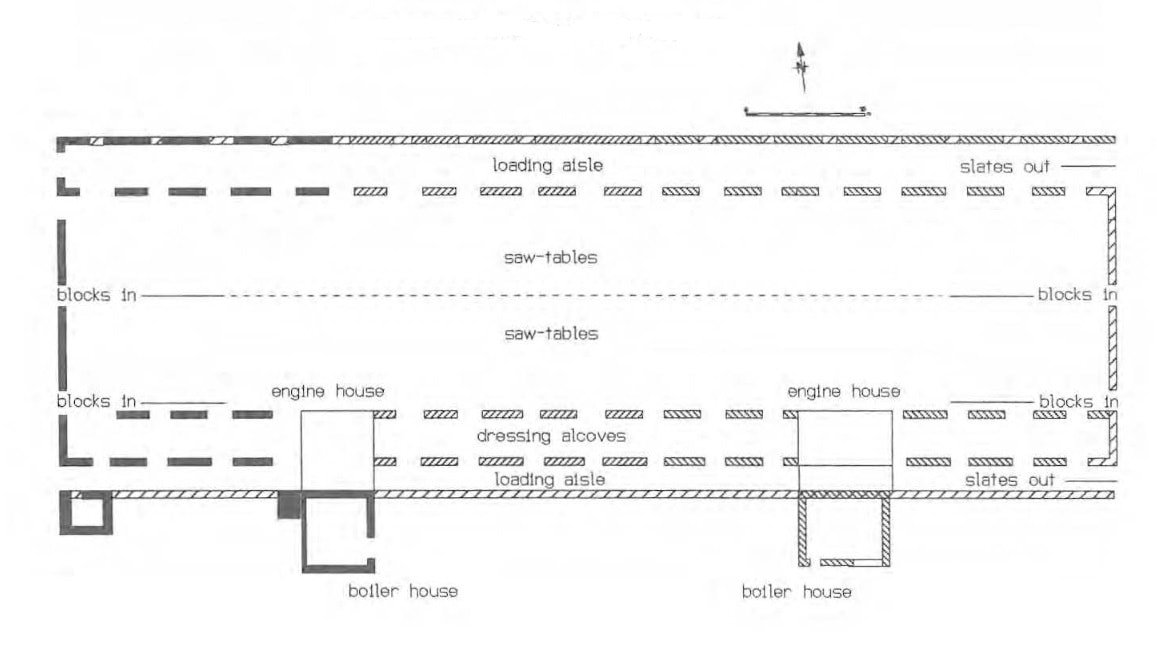
 RSS Feed
RSS Feed